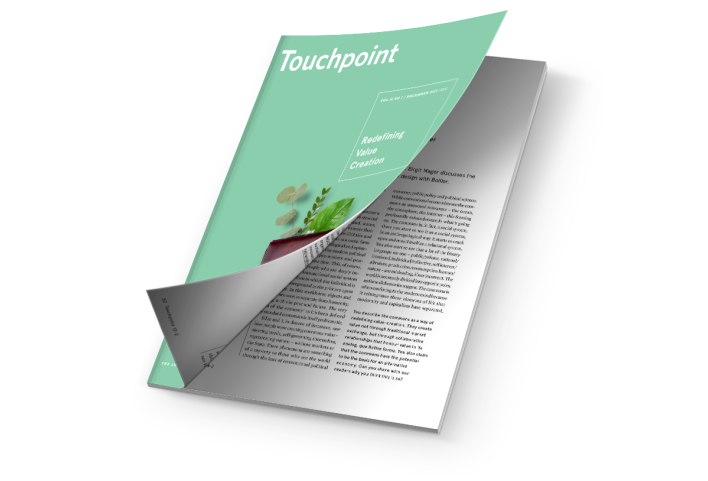
14 Touchpoint articles in this issue
Touchpoint overview

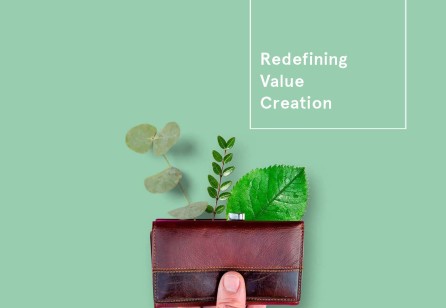
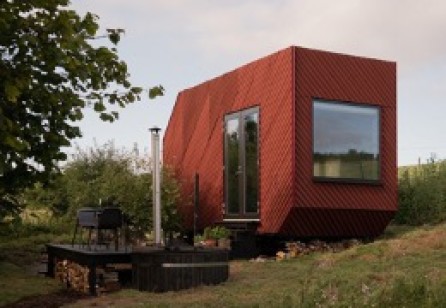
TP 14–2 Reimagining Service Design Beyond Neoliberal Economics
In a recent update on planetary boundaries, scientists revealed that humanity has exceeded safe thresholds in six of the nine crucial planetary limits. This poses significant risks to ecosystems, potentially leading to irreversible environmental damage and harm. Urgent global efforts are needed to safeguard our planet.
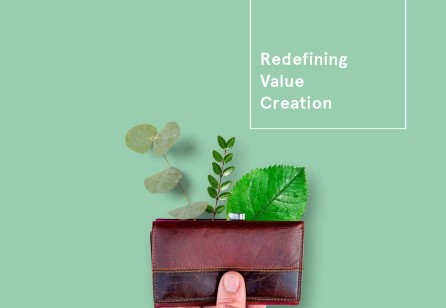
TP 14–2 Widening the Perspective of Service Design
Service design helps organisations focus on - and design for their most important stakeholders. We argue that although the tools of service design can highlight and integrate multiple stakeholder perspectives, they cannot adequately address the complexity inherent in organisations. This is limiting the impact of service design. Indicators that this is taking place are a lack of support or funding for service design projects, as well as resistance and ‘cultural’ push back when it comes to implementation.
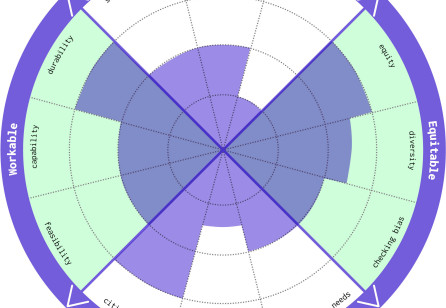
TP 14–2 WREN: A Deliberative Design Tool Supporting Systemic Change
There is a lack of consideration of power dynamics and wider influences, context and system in Western dominant design models pioneered by the likes of the Hasso Plattner Institute1 and IDEO’s2 Design Thinking frameworks. The focus on human desirability, balanced against feasibility and viability has shifted. Over the last decade, global events, seismic technological advances, increasingly wicked problems and the effects of climate change have heightened the awareness of the fragility of humanity, society and economies.
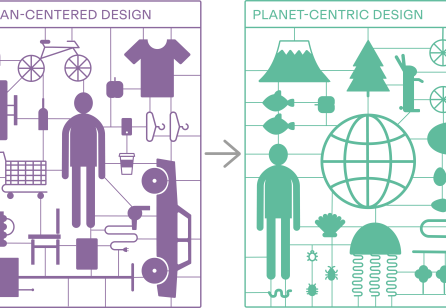
TP 14–2 Planet-Centric Service Design
With the growing importance of service design comes great responsibility. Our practice must once again remember its roots and find the courage to apply a truly holistic perspective. One that not only creates value for humans and their organisations, but the planet as a whole.
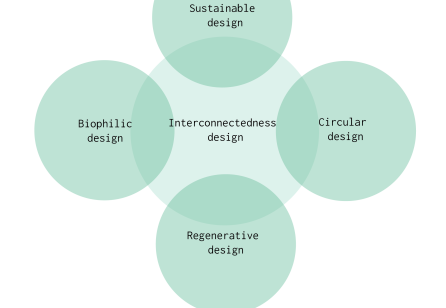
TP 14-2 Reconnecting with our roots in evolving design practice
Designers are standing at a critical crossroads, compelled to reshape both their practices and mindsets. As we navigate an era riddled with unparalleled environmental and societal challenges, the call to expand our horizons and adopt a more holistic design approach grows increasingly urgent.
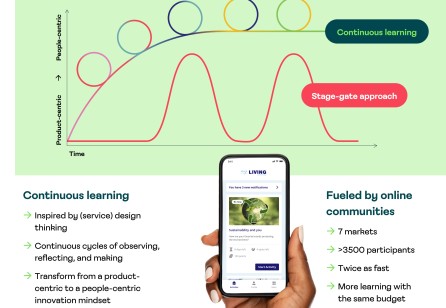
TP 14 –2 535 million Lives Improved through Continuous Learning
Philips believes that next to climate change, lack of access to affordable, quality care is the most pressing issue of our time. The company is committed to making a positive impact on people’s health and well-being. In order to do this, they transformed the way they innovate, promoting service design and empowering underserved communities, women and children.
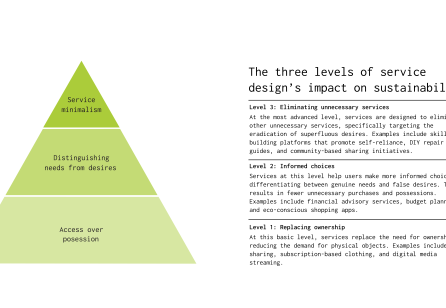
TP 14-2 Embracing Eliminative Design for Sustainable Futures
I have often pondered the crucial question that should precede any design endeavour: Do we truly require what the design process may yield? Would we not be wiser to judiciously employ existing solutions? Shouldn’t we consider elimination not only as a means, but also an end for our design? Perhaps the starting point for our design activities should be the eradication of false needs. This is what’s known as ‘eliminative design’.
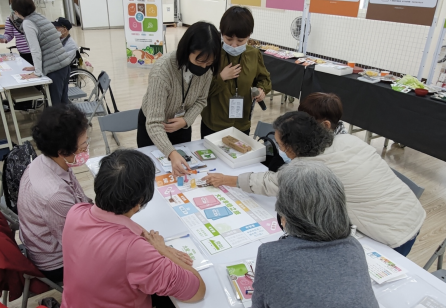
TP 14-2 Applying Value-Led Participatory Design to Community Health Promotion
In collaboration with Taipei’s Public Health Service Centre, this study employed a value-led participatory design approach to address nutritional well-being, loneliness and malnutrition in older adults, offering insights into policy-shaping and the challenges of ageing populations.
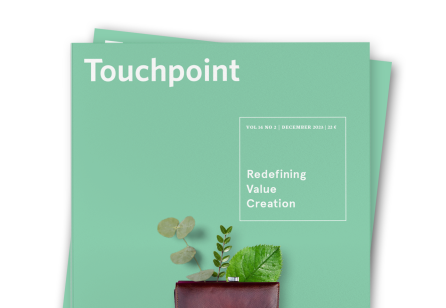
TP 14-2 The Hidden Value of Bridging Boundaries in Service Design
Service designers often oscillate between different spaces and zoom levels. This puts them in a unique position to bridge various institutional boundaries. Facilitating, nurturing and sustaining the relationships at these boundaries is not only emotionally and mentally cumbersome, but the impact of this work is also difficult to measure.
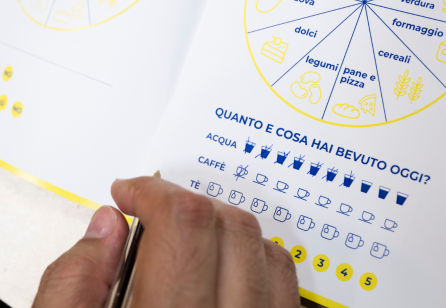
TP 14-2 Introducing the Community Foodprint App
The Community Foodprint app, developed by Studio SHIFT, is a digital solution that helps track emissions along the food journey and measures the positive impact of food recovery practices that one can adopt as new habits. The project was created to address the challenge of reducing the food chain‘s impact for the Italian organisation PGS Frassati.
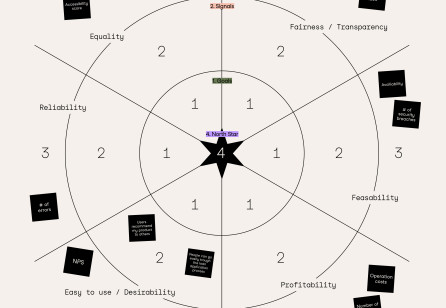
TP 14-2 Metrics for Impact | Elevating design in the business landscape
The effective use of metrics is an important and still underutilised way to elevate and clarify the role and ambitions of service design. If we want our work to make a difference, we need to make its impact on user experiences, business success and the environment tangible in a nuanced way
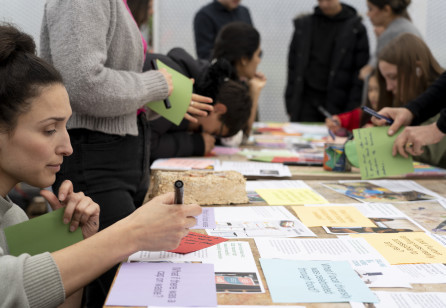
TP 14-2 Introducing ‘Critical Service Design’
This article proposes ‘critical service design’ as an innovative and effective alternative approach for service designers who are actively seeking to support and facilitate sustainable and ethical place-based climate transitions.
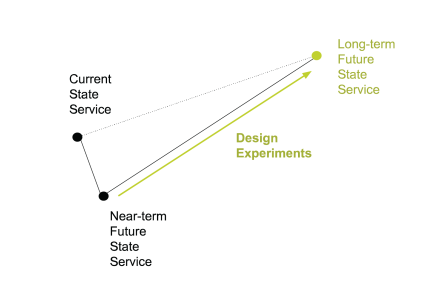
TP 14-2 Making Service Design Future-Proof at NASA
How can service designers create services that simultaneously address customer needs both today and in the future? Using a new method called ‘triangulated recursive mapping’ to combine futures research with human-centred research, we learn to create services that are responsive to rapidly evolving customer needs over time.


